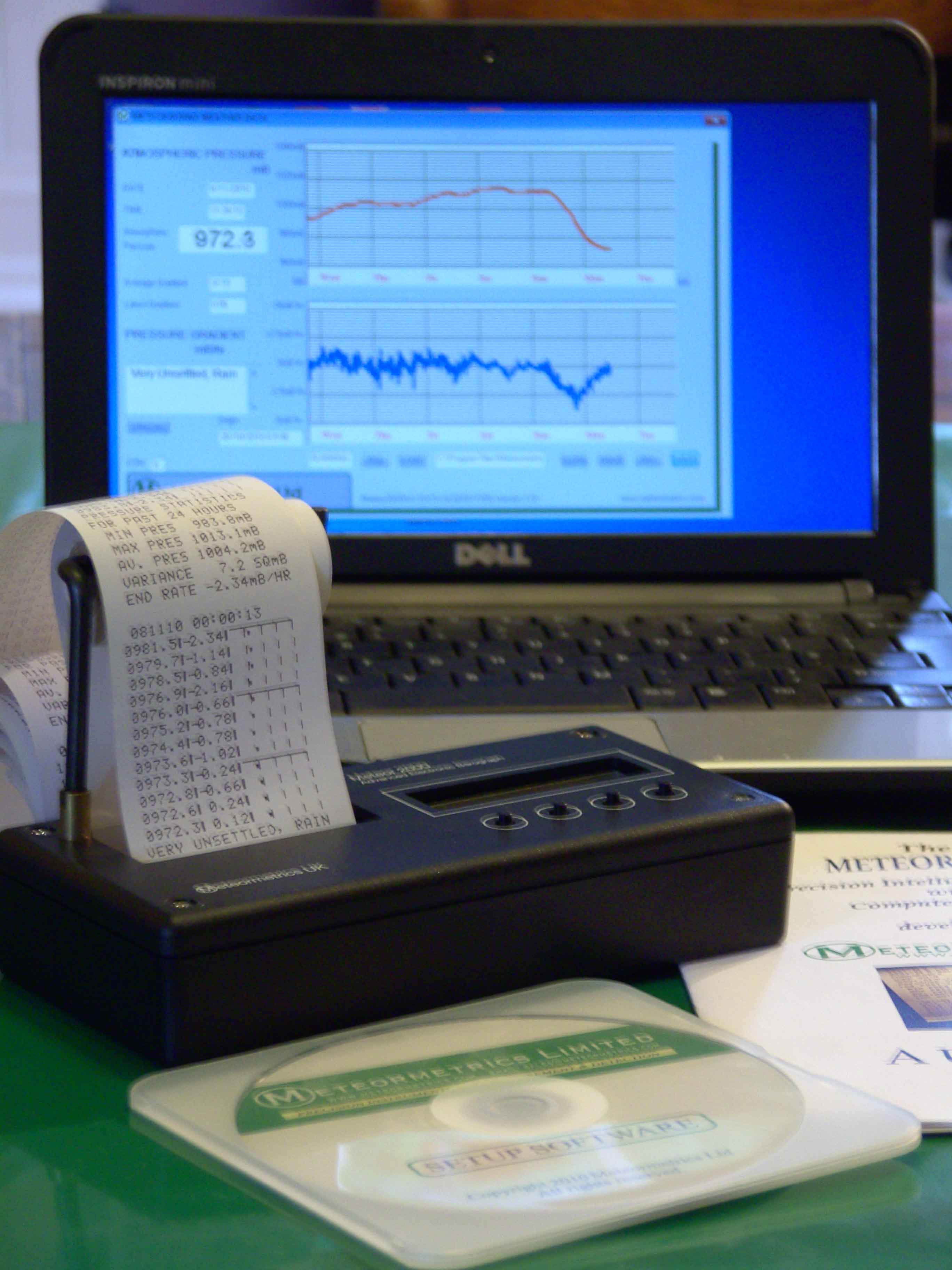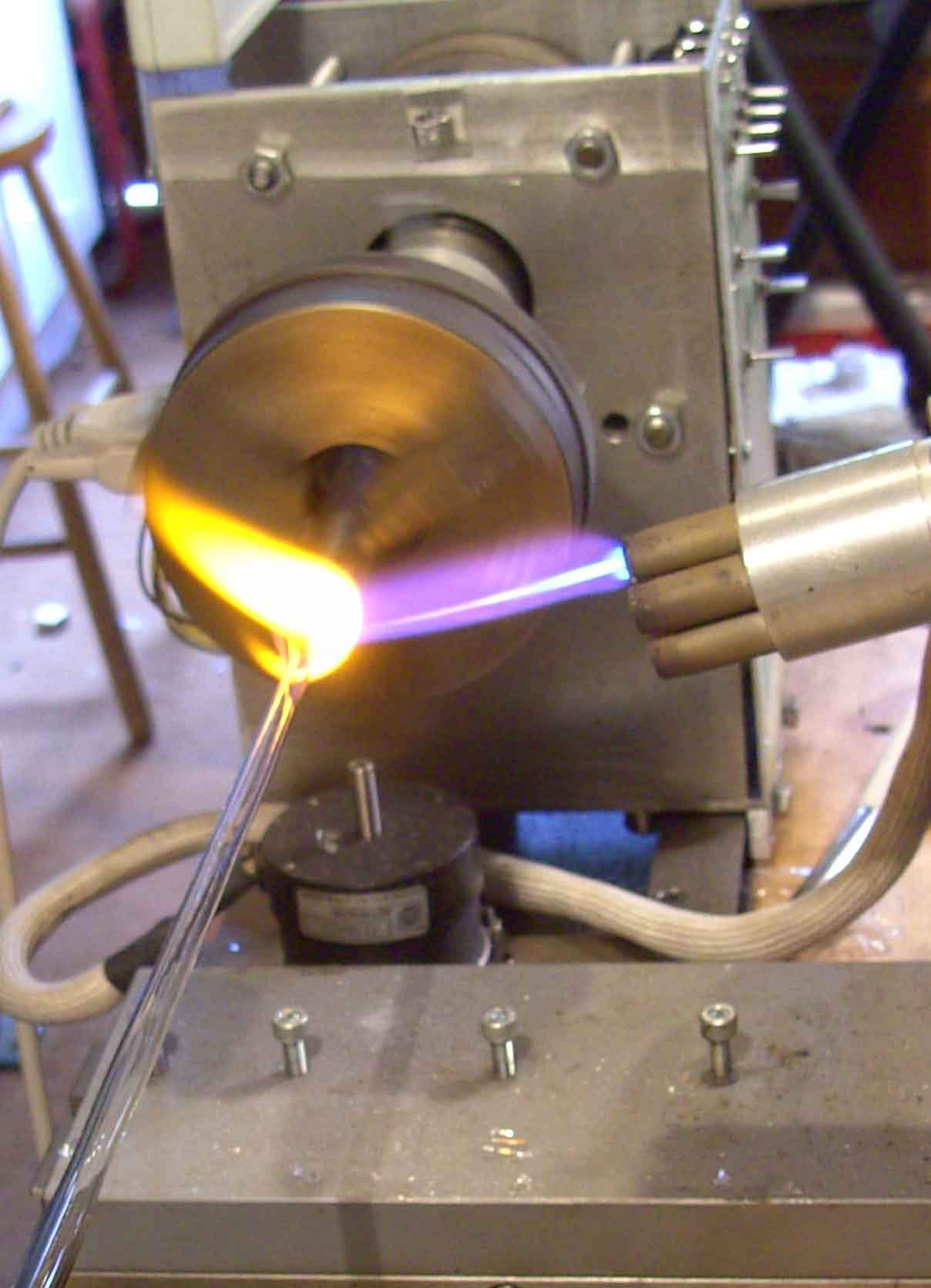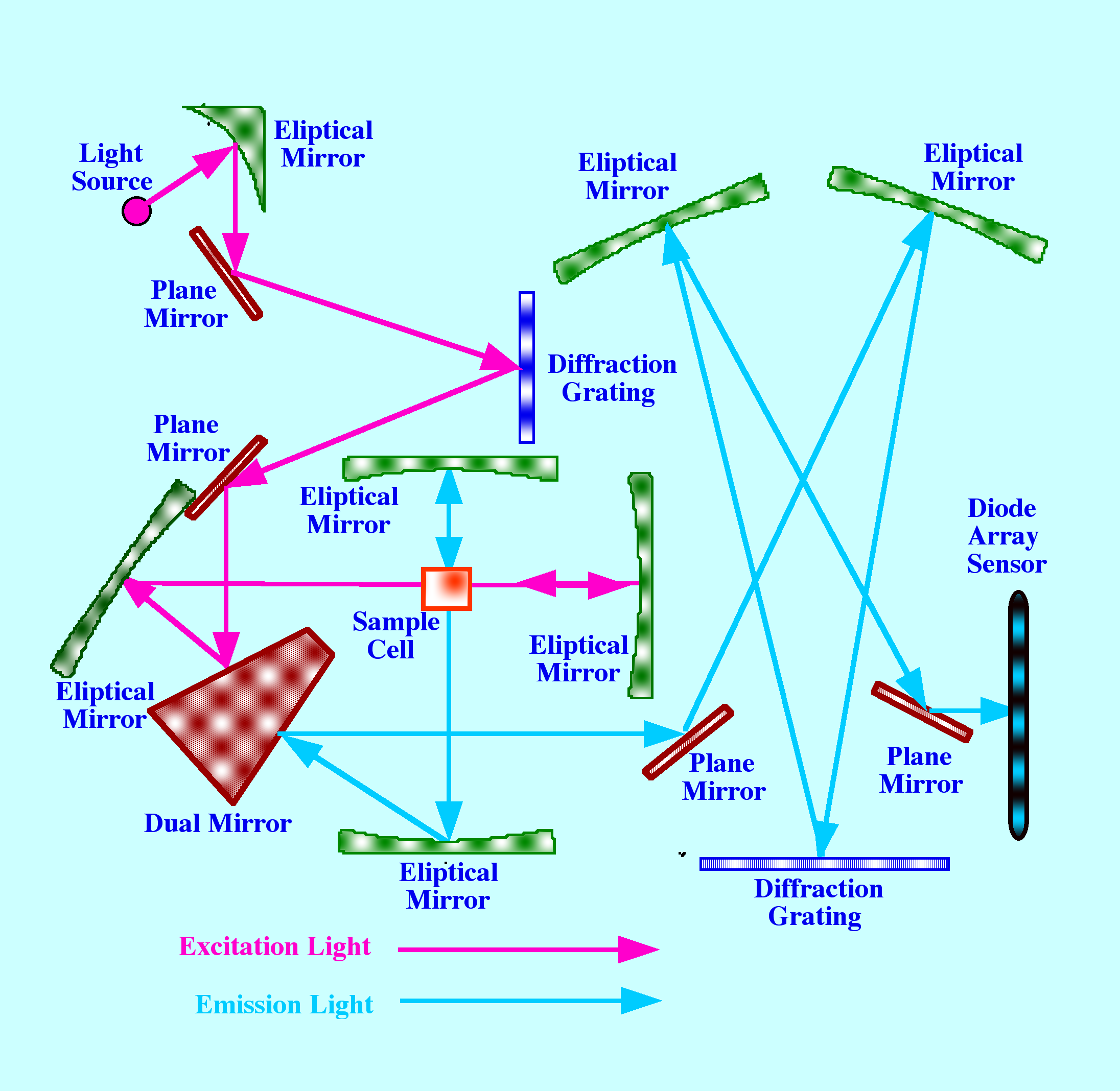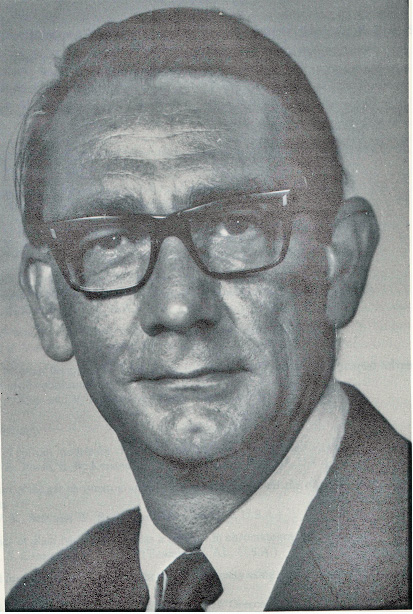ANALYTICAL SPECTROSCOPY
by Raymond P. W. Scott
D.Sc., F.R.S.C., C.Chem., C.Sci. F.A.I.C, F.C.S.
Essential Information for the Analytical Chemist

Specialising in custom-designed, precision scientific instruments, built, programmed and calibrated
to the most exacting standards. The range includes precision dataloging barographs,
with built-in statistical analysis, Barographic Transient Event Recorders
and computer-interfaced detectors and sensors
for environmental monitoring & process control.

A site dedicated to scientific techniques, experimental methods, &
investigative tools for the inventor, researcher
and laboratory pioneer. Articles on glassblowing, electronics, metalcasting, magnetic
measurements with new material added continually. Check it out!
www.drkfs.net
Instrumentation for Fluorescence Spectroscopy
There
are a large number of instrument manufacturers that provide
spectrofluorometers All are basically similar and usually contain two
monochromators one for selecting the wavelength of the excitation
light and one for the resolution of the fluorescent light. They are
widely employed in analytical chemistry as they provide very high
sensitivity and, although the number of naturally fluorescent
substances is limited, with the use of suitable fluorescent reagents
many others can be made fluorescent. The layout of a typical
commercially available spectrofluorometer is shown in figure 10. The
diagram is a little complicated so to make the system more self
explanatory the excitation light is represented by vermillion arrows
and the fluorescent light by turquoise arrows.

A
xenon lamp is normally used as the light source and this is focused
by an elliptical mirror onto a Diffraction Grating which can either
select light of a specific wavelength or scan a range of wave
lengths. By means of two plane mirrors and an elliptical mirror, the
excitation light is passed through the sample contained in the
cuvette (sample cell) and then reflected back along its own path to
increase excitation efficiency. Alterative forms of sample container
can be used depending on the nature of the sample. The fluorescent
light emitted at right angles is focused onto the second diffraction
grating via two plane mirrors and three elliptical mirrors. The
resulting fluorescent Spectrum generated by the grating is then
focused by means another elliptical and plane mirror onto a diode
array sensor. Thus, the whole fluorescent Spectrum can be recorded
or, if a specific diode is selected representing fluorescent light of
a specific wavelength, then by programming the first grating an
excitation Spectrum can be recorded.

About the Author
RAYMOND PETER WILLIAM SCOTT was born on June 20 1924 in Erith, Kent, UK. He studied at the
University of London, obtaining his B.Sc. degree in 1946 and his D.Sc. degree in 1960.
After spending more than a decade at Benzole Producers, Ltd. Where he became head of
the Physical Chemistry Laboratory, he moved to Unilever Research Laboratories as
Manager of their Physical Chemistry department. In 1969 he became Director of Physical
Chemistry at Hoffmann-La Roche, Nutley, NJ, U.S.A. and subsequently accepted the position
of Director of the Applied Research Department at the Perkin-Elmer Corporation, Norwalk, CT, U.S.A.
In 1986 he became an independent consultant and was appointed Visiting Professor at Georgetown
University, Washington, DC, U.S.A. and at Berkbeck College of the University of London; in 1986
he retired but continues to write technical books dealing with various aspects of physical chemistry
and physical chemical techniques. Dr. Scott has authored or co-authored over 200 peer reviewed
scientific papers and authored, co-authored or edited over thirty books on various aspects of
physical and analytical chemistry. Dr. Scott was a founding member of the British chromatography
Society and received the American Chemical society Award in chromatography (1977), the
M. S. Tswett chromatography Medal (1978), the Tswett chromatography Medal U.S.S.R., (1979),
the A. J. P. Martin chromatography Award (1982) and the Royal Society of Chemistry Award in
Analysis and Instrumentation (1988).
Dr. Scott’s activities in gas chromatography started at the inception of the technique,
inventing the Heat of Combustion Detector (the precursor of the Flame Ionization Detector),
pioneered work on high sensitivity detectors, high efficiency columns and presented fundamental
treatments of the relationship between the theory and practice of the technique.
He established the viability of the moving bed continuous preparative gas chromatography,
examined both theoretically and experimentally those factors that controlled dispersion
in packed beds and helped establish the gas chromatograph as a process monitoring instrument.
Dr. Scott took and active part in the renaissance of liquid chromatography,
was involved in the development of high performance liquid chromatography and invented
the wire transport detector. He invented the liquid chromatography mass spectrometry
transport interface, introduced micro-bore liquid chromatography columns and used them
to provide columns of 750,000 theoretical plates and liquid chromatography separations
in less than a second.
Dr. Scott has always been a “hands-on” scientist with a remarkable record of accomplishments in chromatography ranging from hardware design to the development of fundamental theory. He has never shied away from questioning “conventional wisdom” and his original approach to problems has often produced significant breakthroughs.



